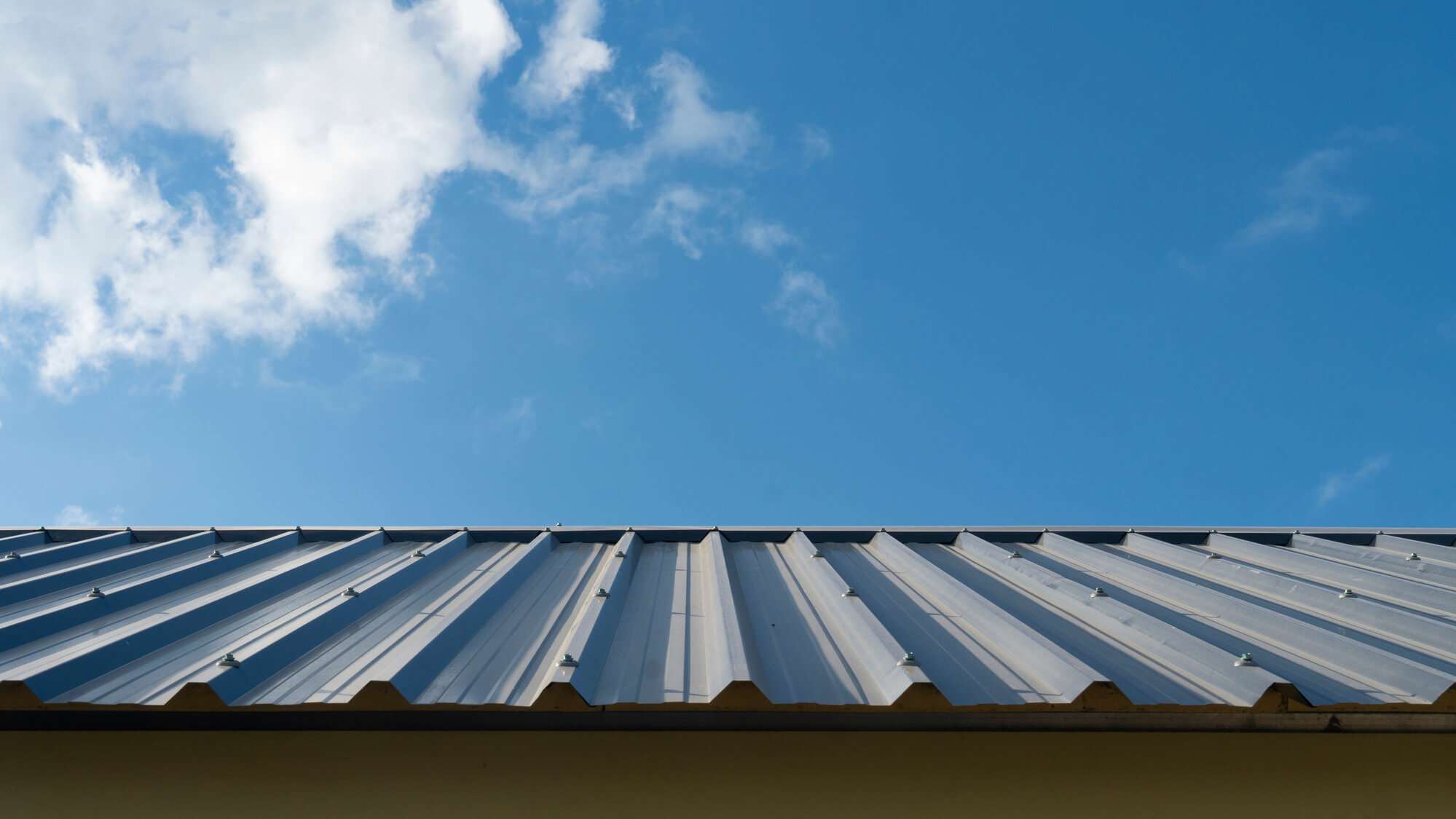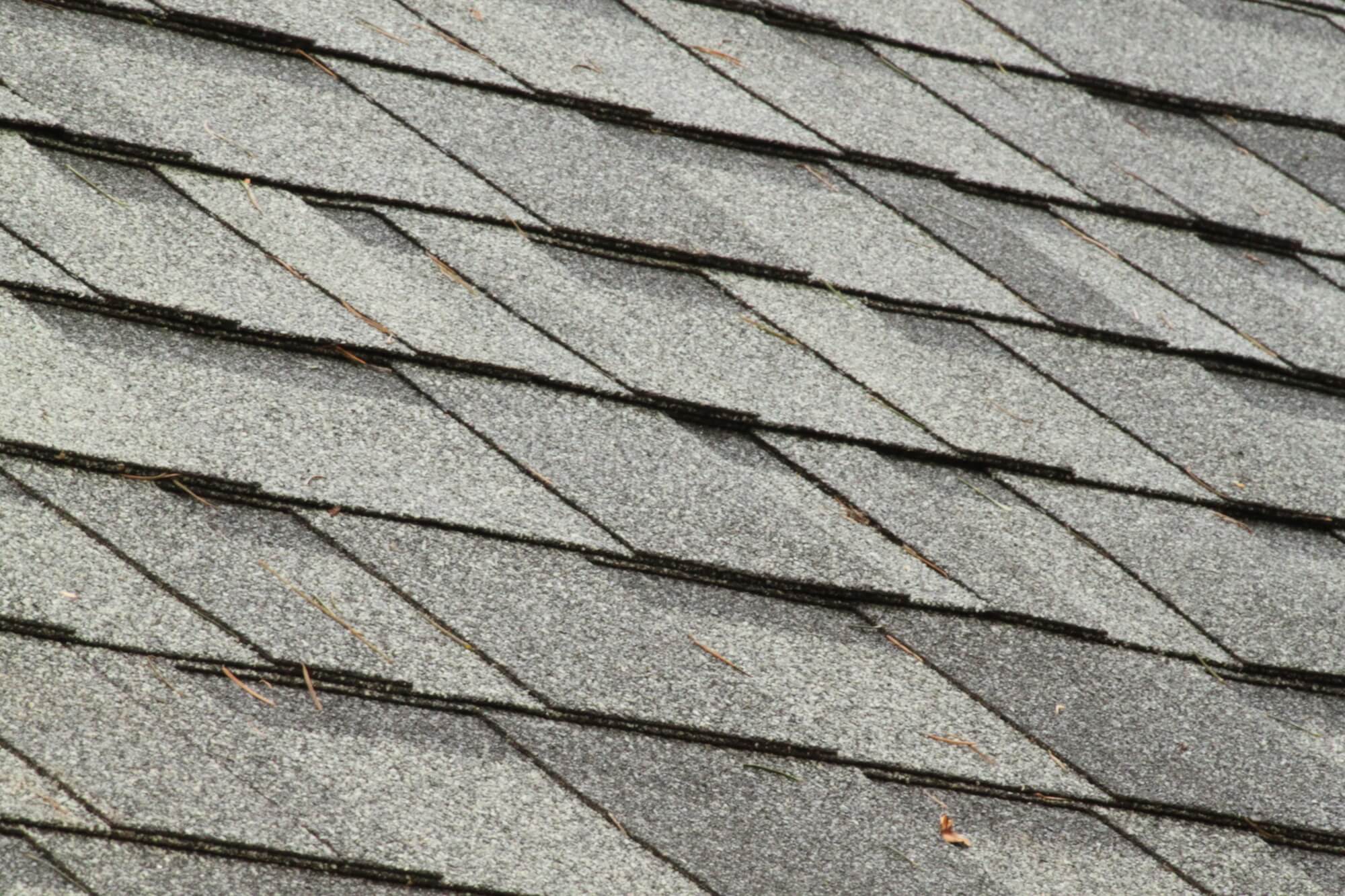June 30, 2024
Beyond Aesthetics: Combining Design and Functionality in Commercial Roofing
Many commercial property owners make the initial mistake of prioritizing aesthetics when
When you think about your commercial building, the roof might not be the first structural component that comes to mind. However, it's your first line of defense against the elements, a guardian of your assets, and a key player in the energy efficiency of your space.
Choosing the right roofing material is akin to selecting the right outfit for an important occasion – it has to be both functional and aesthetically pleasing. Whether you're overseeing a new construction project or considering a roof replacement, understanding the characteristics, advantages, and drawbacks of commercial metal roofing and other materials is essential.
In this guide, we’ll talk about different roofing options available for your commercial property, considering practical factors like climate, building structure, and budget.

When it comes to choosing the right roofing material for your commercial building, several key factors come into play. The decision isn't one-size-fits-all, as each building has unique requirements.
The climate of your region is one of the most significant factors influencing your choice of roofing material. Different roofing materials perform optimally under specific weather conditions. Here are some climate-related considerations:
In scorching hot climates, roofing materials need to withstand prolonged exposure to high temperatures and intense sunlight. Materials like metal roofing excel in these conditions because they have a high solar reflectance and can dissipate heat effectively.
Modified bitumen roofing, designed with heat resistance in mind, is another option. These materials are less prone to damage from UV rays and thermal expansion and contraction.
Rainfall and moisture resistance are vital considerations, particularly in regions with heavy rainfall or high humidity. Here's how various roofing materials address these challenges:
Moreover, commercial property owners muse ensure proper drainage and maintenance in areas with heavy rainfall, so the roofing material continues to perform effectively over time.
In regions prone to heavy snow and ice, roofing materials must be able to withstand the added weight and potential damage from ice dams.
Foam roofing systems are excellent for preventing ice dams, as their insulation properties keep the roof's surface temperature more consistent and reduce the likelihood of ice formation. Metal roofing, with its smooth surface, also allows snow to slide off more easily, preventing the accumulation of heavy snow loads.
In snowy regions, asphalt shingles are often used with added ice and water shield membranes to provide an additional layer of protection against ice dams. Finally, proper insulation and ventilation in your roofing system can help reduce heat loss and minimize ice dam formation.
In areas with high winds, the ability of your roofing material to resist wind damage is crucial. Strong gusts can lift or damage roofing materials, leading to leaks and costly repairs. Here's how different materials address this challenge:
The roof slope, also referred to as the pitch refers to the angle of your roof's surface in relation to the horizontal plane. Roof slopes can be categorized into three main types:
These roofs have a minimal slope, typically ranging from 1/4:12 to 2:12. They are common in commercial buildings, warehouses, and industrial facilities. Low-slope roofs require roofing materials that can seal and protect the flat surface, preventing water from pooling or infiltrating.
Suitable options include modified bitumen, TPO, and EPDM, as they are designed to handle low-slope configurations.
Steep-slope roofs have a more pronounced incline, with slopes greater than 2:12. Materials such as asphalt shingles, metal roofing, concrete tiles, and clay tiles are commonly used for steep-slope applications due to their ability to effectively shed water and resist wind uplift.
Steep-slope roofs offer better natural drainage and are less prone to water accumulation.
Roofs with moderate slopes fall between low-slope and steep-slope configurations. They range from 2:12 to 4:12 and are often found in commercial and industrial settings.
Roofing materials like metal, asphalt shingles, and modified bitumen can be suitable for moderate-slope roofs, providing a balance between water shedding and durability. Proper underlayment and flashing installation are necessary to prevent water infiltration.

The roof of your commercial building must support not only the weight of the roofing material itself but also potential added loads, such as snow, equipment, or maintenance personnel. Here's how load-bearing capacity affects material choices:
Roofing materials like concrete tiles and clay tiles are relatively heavy. When considering these materials, assess whether your building's structure can support the extra weight. In some cases, additional structural support may be required, which can impact the overall project cost.
Materials such as metal roofing, EPDM, and TPO are lighter and impose less strain on the building's structure. They are often chosen for their compatibility with a wide range of building types without requiring substantial structural modifications.
The roof is a prominent feature that contributes to the overall look of your property. Let's delve into how the architectural style of your building impacts the selection of roofing materials:
Modern and contemporary buildings often feature sleek, minimalist designs with clean lines. Materials like metal roofing and TPO are well-suited to these architectural styles due to their versatility and ability to create a streamlined appearance.
Buildings with traditional or historic architectural styles, such as colonial or Mediterranean, may benefit from the classic and timeless look of clay tiles or concrete tiles. These materials can enhance the authenticity and charm of these architectural designs while offering protection against the elements.
Commercial and industrial buildings often prioritize functionality and cost-efficiency. Materials like modified bitumen and EPDM are common choices due to their practicality and durability.
The installation costs of roofing materials can vary based on the complexity of the installation process, labor requirements, and the need for specialized equipment. Here's a closer look at how installation costs can impact material selection:
Asphalt shingles are known for their affordability, making them an attractive option for budget-conscious property owners. They are relatively easy to install, which can help reduce labor costs and project timelines.
Metal roofing materials, while durable and long-lasting, may have slightly higher upfront installation costs due to the expertise required for proper installation. However, their longevity and low maintenance needs can result in cost savings over time.
Tile roofing materials, such as concrete tiles and clay tiles, may have higher installation costs because of their weight and the care needed during installation. Additional structural support may be necessary, increasing labor expenses.
Foam roofing systems, while energy-efficient and durable, require specialized installation techniques. This issue can lead to moderate installation costs, but the long-term energy savings can offset these expenses.
Coating systems, applied over existing roofing materials, are often more cost-effective in terms of installation, as they don't require the removal of the existing roof.
TPO roofing membranes are relatively easy to install, making them a cost-effective option. The lightweight nature of TPO can also contribute to lower labor expenses.
Modified bitumen roofing combines durability with ease of installation, which makes this option cost-effective for commercial buildings with low-slope or flat roofs. The heat-welding of seams also provides a secure and watertight seal, which can reduce labor time and costs.
Commercial property owners must take into account both the upfront installation costs and the long-term cost-effectiveness of the chosen material. While some systems may have higher initial expenses, their strength and energy efficiency can result in lower total costs over the life of the roof.

At BlueTeam, we understand the importance of a reliable and durable roof. Our team specializes in fire and water damage restoration, construction, reconstruction, and roofing for commercial properties.
With our expertise and dedication to quality, we ensure your roofing project is in capable hands. Plus, we believe in transparency and keeping you informed throughout the construction process. That's why we offer the BlueTeam App, which provides real-time updates, progress tracking, and document management for your peace of mind.
Don't leave your roofing project to chance. Contact BlueTeam today to discuss your roofing needs.